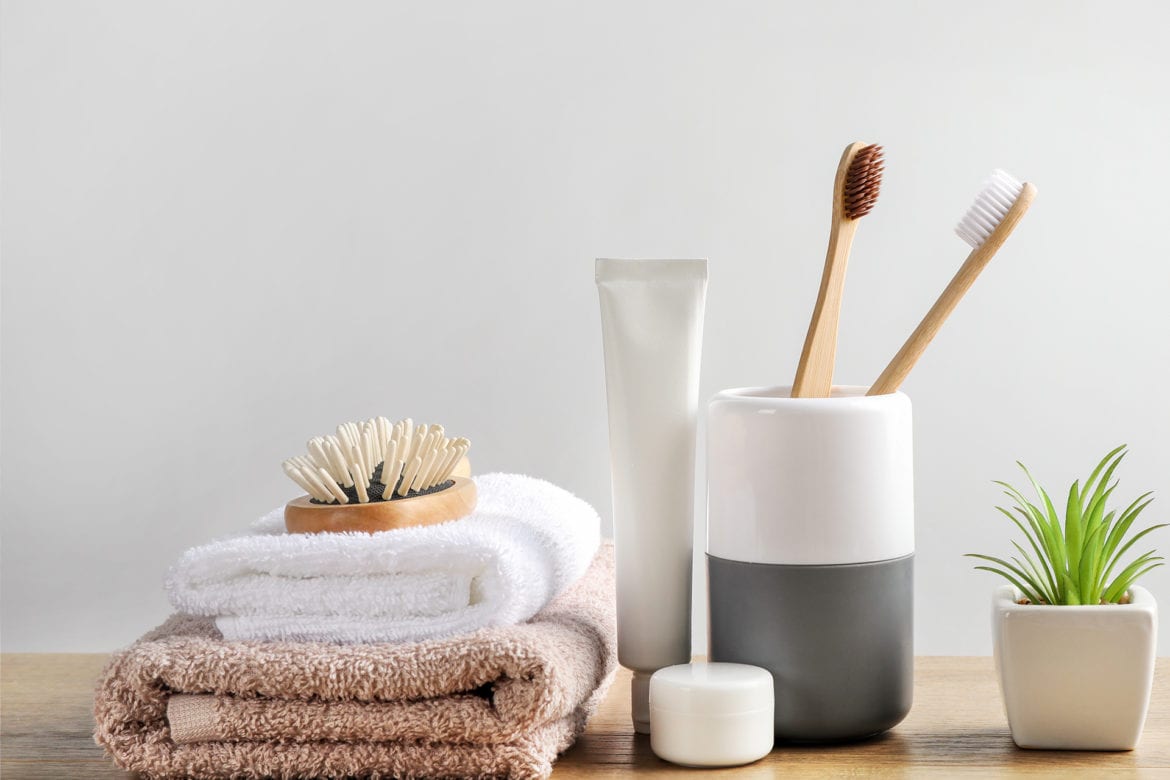The goal of brushing one’s teeth is to have fresh breath and prevent cavities. But the effect of toothpaste on the
complex ecosystem of bacteria in our mouths — the oral
microbiome — is often overlooked.
Recent research has highlighted just how crucial the oral microbiome is for our overall health. A well-balanced microbiome helps regulate
harmful bacteria, aids digestion and protects the gums. But does toothpaste support this balance, or could it be
disrupting it? And could the toothpaste of the future be designed to work with the oral microbiome rather than
against it?
The mouth is one of the most densely populated microbial habitats in the body, home to more than 700 species of bacteria. These bacteria inhabit not
only the surfaces of the teeth and gums in biofilm – a sticky, structured community that can be both beneficial and
harmful – but also thrive in our saliva, contributing to the dynamic oral microbiome.
A healthy microbiome includes bacteria that help regulate pH levels (a measure of how acidic or alkaline a substance
is), break down food and even produce natural antimicrobial compounds. But when the balance is disrupted — often due
to diet, poor oral hygiene or certain medical conditions — harmful bacteria can take over. This imbalance, known as
dysbiosis, is linked to tooth decay
and gum disease.
What does toothpaste actually do?
The main function of toothpaste isn’t to kill bacteria outright but to disrupt the biofilm that allows harmful
bacteria to thrive. Brushing mechanically removes this biofilm from teeth and gums, while abrasives in toothpaste
help break it up further.
Many toothpastes also contain fluoride, which strengthens tooth enamel and helps prevent cavities. Interestingly, fluoride itself doesn’t kill bacteria, but it
makes it harder for acid-producing bacteria like Streptococcus mutans, a key player in tooth decay, to
cause damage.
Some toothpastes include antibacterial agents, such as triclosan
(now banned in some countries due to safety concerns) or newer alternatives like stannous fluoride and zinc compounds. These ingredients
target harmful bacteria, but there’s still debate
about whether they also disrupt beneficial microbes in the process.
Despite toothpaste being a daily staple, research into its effects on the oral microbiome is still evolving. Some
studies suggest that certain antibacterial agents reduce both harmful and beneficial bacteria, potentially changing the
microbiome in ways we don’t yet fully understand. Others indicate that the microbiome recovers quite quickly
after brushing, making any disruption temporary.
Scientists are now exploring whether future toothpaste formulations could take a more targeted approach, reducing
harmful bacteria while preserving beneficial
species. Some emerging research looks at probiotics
and prebiotics — ingredients that could actively support a healthier oral microbiome rather than simply disrupting
it.
Keeping the oral microbiome in balance isn’t just about avoiding cavities. There’s growing evidence linking gum
disease to heart disease, diabetes and harms during pregnancy. Inflammation triggered by harmful oral bacteria
can spread beyond the mouth, potentially contributing to long-term health
problems.
Brushing with fluoride toothpaste twice a day and cleaning between the teeth helps reduce the bacterial load in the
mouth, lowering the risk of both oral and systemic diseases.

